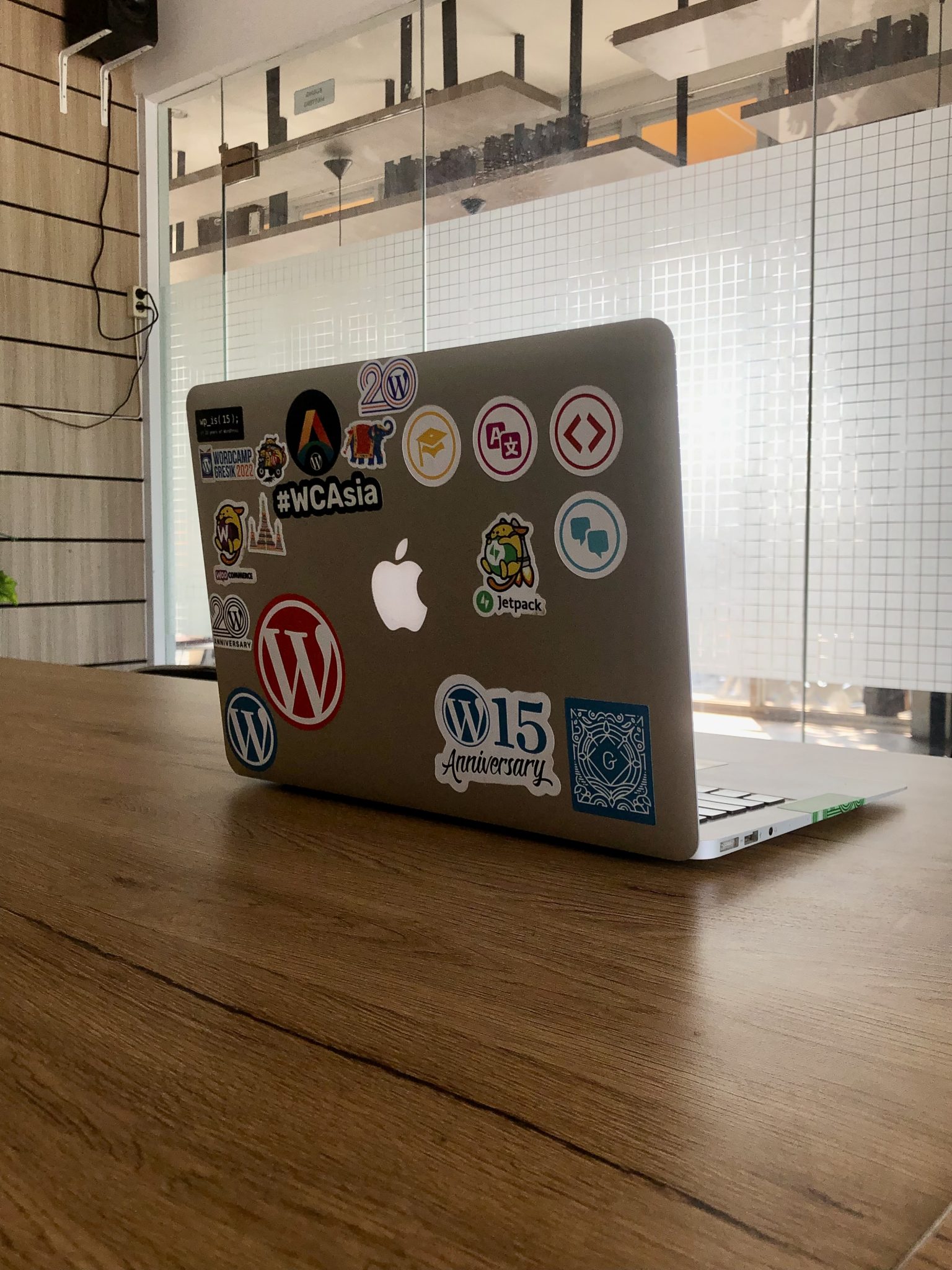Introduction to Custom WP Plugins: What They Are and Why You Need Them
Custom WP plugins, also known as WordPress plugins, are software extensions that add specific features and functionality to a WordPress website. These plugins are created by developers to meet the unique needs of a website owner or to enhance the overall functionality of a WordPress site. Custom WP plugins are different from pre-built plugins that are available in the WordPress plugin repository, as they are specifically tailored to the requirements of a particular website.
There are several benefits to using custom WP plugins. Firstly, they allow website owners to add specific features and functionality that are not available in pre-built plugins. This means that website owners have complete control over the features and functionality of their website, and can customize it to meet their specific needs. Custom WP plugins also offer better performance and security, as they are specifically designed for a particular website and do not include unnecessary code or features. Additionally, custom WP plugins can help improve the overall user experience of a website, making it more user-friendly and intuitive.
There are numerous examples of custom WP plugins that can be created to enhance a WordPress website. Some common examples include custom contact forms, e-commerce plugins, membership plugins, and social media integration plugins. These plugins can be created to add specific features and functionality to a website, such as allowing users to submit contact forms, sell products online, manage memberships, and integrate social media platforms.
Understanding the Basic Structure of a WordPress Plugin
To create a custom WP plugin, it is important to understand the basic structure of a WordPress plugin. A WordPress plugin consists of a set of files and folders that are organized in a specific structure. The main plugin files include the main plugin file, which is a PHP file that contains the plugin code, and the plugin header, which is a section at the top of the main plugin file that contains information about the plugin.
The main plugin file is the entry point of the plugin and is responsible for loading the plugin code and initializing the plugin. It is usually named after the plugin and has a .php extension. The main plugin file contains the plugin header, which is a section at the top of the file that contains information about the plugin, such as the plugin name, version, author, and description. The plugin header is used by WordPress to display information about the plugin in the WordPress admin area.
The Essential Tools and Skills You Need to Create Custom WP Plugins
To create custom WP plugins, there are several essential tools and skills that you will need. Firstly, you will need a code editor, such as Sublime Text or Visual Studio Code, to write and edit the plugin code. A code editor provides features like syntax highlighting, code completion, and debugging tools, which can greatly simplify the process of writing and editing code.
In terms of programming languages and skills, you will need a good understanding of PHP, as WordPress is built using PHP. PHP is a server-side scripting language that is used to create dynamic web pages and applications. You will also need a basic understanding of HTML, CSS, and JavaScript, as these languages are used to create the front-end of a WordPress website.
There are several resources available online that can help you learn plugin development. The WordPress Codex is a comprehensive resource that provides documentation and tutorials on WordPress development. There are also numerous online courses and tutorials available on platforms like Udemy and YouTube that can help you learn plugin development.
Planning and Designing Your Custom Plugin: Tips and Best Practices
Before you start developing your custom WP plugin, it is important to plan and design your plugin. Planning and designing your plugin will help you identify the purpose and features of your plugin, and ensure that it meets the needs of your website.
One of the most important aspects of planning your plugin is identifying the purpose of your plugin. What problem does your plugin solve? What features does it need to have? By clearly defining the purpose of your plugin, you can ensure that it meets the needs of your website and its users.
Another important aspect of planning your plugin is designing its user interface. The user interface of your plugin should be intuitive and user-friendly, allowing users to easily navigate and interact with your plugin. It is important to consider the user experience and design your plugin in a way that makes it easy for users to achieve their goals.
Creating Your First Custom WP Plugin: Step-by-Step Guide
Creating a custom WP plugin can seem daunting, but with the right guidance, it can be a straightforward process. Here is a step-by-step guide to creating your first custom WP plugin:
1. Set up a development environment: Before you start creating your plugin, you will need to set up a development environment. This involves installing a local server environment, such as XAMPP or MAMP, and installing WordPress on your local machine.
2. Create a new folder for your plugin: Once you have set up your development environment, create a new folder for your plugin in the wp-content/plugins directory of your WordPress installation. Give the folder a unique name that describes your plugin.
3. Create the main plugin file: Inside the folder you created for your plugin, create a new PHP file and name it after your plugin. This will be the main plugin file that contains the plugin code.
4. Add the plugin header: At the top of the main plugin file, add the plugin header. The plugin header should include information about your plugin, such as the plugin name, version, author, and description.
5. Add the plugin code: Below the plugin header, add the code for your plugin. This can include functions, hooks, and filters that add specific features and functionality to your plugin.
6. Activate your plugin: Once you have added the plugin code, go to the WordPress admin area and navigate to the Plugins page. Find your plugin in the list of plugins and click the Activate button to activate your plugin.
7. Test your plugin: After activating your plugin, test it to make sure it is working correctly. Use the features and functionality of your plugin and check for any errors or issues.
8. Debug and troubleshoot: If you encounter any errors or issues with your plugin, use debugging and troubleshooting techniques to identify and fix the problem. This can include checking error logs, using debugging tools, and testing your plugin in different environments.
Advanced Techniques for Customizing Your Plugin’s Functionality and Appearance
Once you have created your custom WP plugin, you may want to customize its functionality and appearance further. There are several advanced techniques that you can use to achieve this.
One advanced technique is creating custom post types and taxonomies. Custom post types allow you to create different types of content on your WordPress site, such as portfolios, testimonials, or events. Custom taxonomies allow you to create custom categories or tags for your content. By creating custom post types and taxonomies, you can organize and display your content in a more structured and meaningful way.
Another advanced technique is customizing your plugin’s appearance using CSS and JavaScript. CSS is a styling language that is used to control the appearance of HTML elements, while JavaScript is a programming language that is used to add interactivity and dynamic behavior to web pages. By using CSS and JavaScript, you can customize the appearance of your plugin, such as changing colors, fonts, and layouts, and adding animations or interactive elements.
Testing and Debugging Your Custom WP Plugin: Common Issues and Solutions
During the development process, it is common to encounter issues and errors with your custom WP plugin. Testing and debugging your plugin is an important step to ensure that it is working correctly and does not have any issues.
Some common issues that arise during plugin development include syntax errors, compatibility issues with other plugins or themes, and security vulnerabilities. Syntax errors can occur when there are mistakes in your code, such as missing or misplaced characters. Compatibility issues can occur when your plugin conflicts with other plugins or themes, causing unexpected behavior or errors. Security vulnerabilities can occur when your plugin has weaknesses that can be exploited by hackers.
To test and debug your plugin, you can use various techniques and tools. One common technique is manual testing, where you manually test your plugin’s features and functionality to ensure they are working correctly. Another technique is automated testing, where you write scripts or use testing tools to automatically test your plugin. There are also debugging tools and plugins available that can help you identify and fix issues with your plugin.
Submitting Your Plugin to the WordPress Plugin Repository: Guidelines and Requirements
If you have created a custom WP plugin that you believe would be useful to other WordPress users, you may want to consider submitting it to the WordPress plugin repository. The WordPress plugin repository is a directory of free and open-source plugins that can be installed on WordPress sites.
Before submitting your plugin to the WordPress plugin repository, there are guidelines and requirements that you need to follow. These guidelines and requirements are in place to ensure that plugins in the repository are safe, secure, and of high quality.
Some guidelines for submitting a plugin to the WordPress plugin repository include:
– The plugin must be free and open-source.
– The plugin must not contain any malicious or harmful code.
– The plugin must not violate any copyrights or trademarks.
– The plugin must be well-documented and have a readme.txt file that provides information about the plugin.
In addition to these guidelines, there are also requirements for plugin submission, such as providing a valid plugin header, using the correct file structure, and including a license for your plugin.
Promoting and Marketing Your Custom WP Plugin: Strategies and Tips
Once you have created and submitted your custom WP plugin to the WordPress plugin repository, you may want to consider promoting and marketing your plugin to increase its visibility and user base. There are several strategies and tips that you can use to promote and market your plugin effectively.
One strategy is to create a dedicated website or landing page for your plugin. This website or landing page can provide information about your plugin, including its features, benefits, and screenshots. It can also include a download link or a link to the plugin’s page in the WordPress plugin repository.
Another strategy is to create marketing materials, such as blog posts, tutorials, videos, or infographics, that highlight the features and benefits of your plugin. These marketing materials can be shared on your website, social media platforms, or other relevant websites or forums.
You can also consider reaching out to influencers or bloggers in the WordPress community and asking them to review or promote your plugin. This can help increase the visibility and credibility of your plugin and attract more users.
Maintaining and Updating Your Custom WP Plugin: Best Practices and Tools
Once your custom WP plugin is live and being used by users, it is important to maintain and update it regularly. This ensures that your plugin remains compatible with the latest version of WordPress and continues to work correctly.
Some best practices for maintaining and updating your plugin include:
– Regularly testing your plugin to ensure it is working correctly.
– Monitoring user feedback and addressing any issues or bugs.
– Keeping your plugin code clean and organized.
– Following coding standards and best practices.
– Keeping up-to-date with the latest WordPress development practices and guidelines.
There are also several tools available that can help you with plugin maintenance and updates. These tools can automate tasks such as testing, debugging, and updating your plugin. Some popular tools for plugin maintenance and updates include WP-CLI, PHPUnit, and GitHub Actions.
In conclusion, custom WP plugins are a powerful tool for enhancing the functionality and features of a WordPress website. By understanding the basic structure of a WordPress plugin and acquiring the necessary tools and skills, you can create custom WP plugins that meet the unique needs of your website. Planning and designing your plugin, testing and debugging it, and promoting and marketing it effectively are all important steps in the plugin development process. By following best practices and using the right tools, you can maintain and update your plugin to ensure its compatibility and functionality.
If you’re interested in WordPress plugin development, you might find this article on “4 Powerful Plugins to Boost Your WordPress Site in 2017” helpful. It provides insights into some of the top plugins that can enhance the functionality and performance of your WordPress website. Check it out here.




